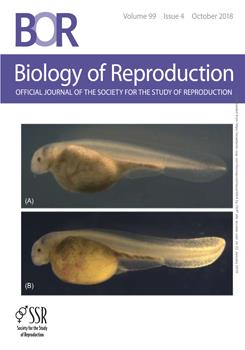Most of sturgeon species (Acipenseridae) are currently critically endangered. Attempts to revive these populations include artificial breeding in hatcheries. However, under artificial reproduction, sturgeon embryos occasionally develop atypically, showing 3, 5, 6, 7, 9, or 10 cells at the 2- to 4-cell stage. This study was undertaken with the objective of understanding the mechanism of the atypical division (AD) in embryos during artificial breeding. Using several sturgeon species, we tested two hypotheses: (1) polyspermy and (2) retention of the second polar body. We found that (1) AD embryos survive similar to controls, (2) the ratio of AD embryos is positively correlated with the amount of sperm used for fertilization, (3) the number of micropyles and the area covered by them in AD embryos is significantly greater when compared to controls, (4) numerous spermatozoa nuclei are in the cytoplasm after fertilization, (5) all AD embryos are mosaics, and (6) AD fishes with n/2n ploidy contain diploid cells from maternal and paternal genetic markers, while the haploid cells contained only paternal ones. These results clearly indicate that AD embryos arise from plasmogamy where the accessory spermatozoon/spermatozoa entry the egg and develop jointly with zygotic cells. This suggests that a well-controlled fertilization procedure is needed to prevent the production of sturgeon with irregular ploidy, which can have detrimental genetic effects on sturgeon populations. On the other hand, if AD fish can produce haploid-derived clonal gametes, induction of multiple-sperm mosaicism might be a useful tool for the rapid production of isogenic strains of sturgeons.
Summary Sentence
We believe that findings of this study can help to avoid negative effect on sturgeon propagation programs and might be useful for breeding and genomic research.





